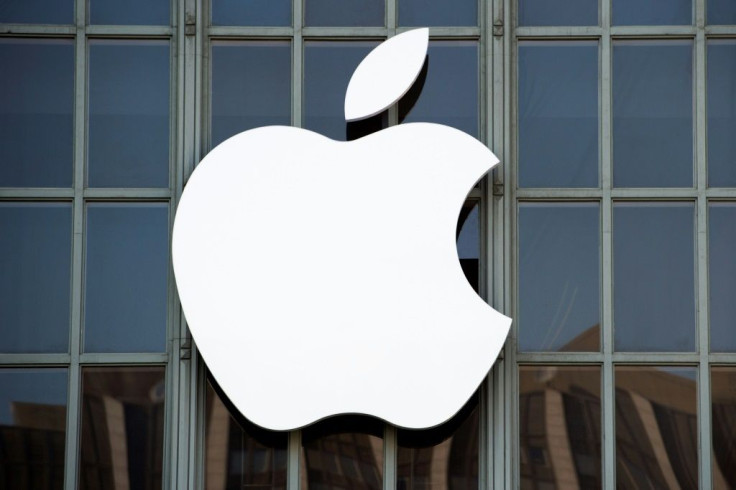Apple AR Glasses Specs, Features: Lighter, Sleeker Device In The Works

KEY POINTS
- A patent shows how Apple plans to create sleek AR glasses
- The technology uses projectors and so-called "skew mirrors"
- A release date remains unclear at the moment
A new Apple patent shows just how the company plans to create sleek augmented reality glasses that function well but are not as bulky as other head-mounted devices in the market.
Augmented reality headsets all work to provide users with a view of the outside world, only altered in part using AR technologies. For those who haven't tried using AR headsets of any sort, one of the ways to look at this would be to imagine Apple's ARKit on the iPhone or iPad, only viewed via a headset: environments with virtual objects placed on the screen as if they're real.
The technologies used on such AR headsets, however, tend to require them to be bulky. Current AR headsets, no matter how “sleek,” just aren't sleek enough for everyday use. A new patent published by the U.S. Patent and Trademark Office shows how Apple plans to deal with these issues, Apple Insider reported.
According to a patent titled “Optical System With Dispersion Compensation,” Apple plans to do this by use of holographic technologies combined with a new type of mirror called a “skew mirror.” Here's how it works:
According to the patent, Apple could place small holograph projectors or “holographic optical element” inside the rim of the AR glasses. These projectors will in turn project images onto fully- or semi-reflective surfaces in the device. These surfaces could very well be the actual lenses directly in front of the user's eyes.
The patent, however, noted that it must not be just any kind of reflective surface angled towards a user's eye:
“[T]he angle of reflection between the optical element and the conventional mirror has a 'suboptimal' impact on performance,” the patent said. This kind of problem becomes worse when several projectors with “multiple reflective axes that covary unacceptably with incidence angle and/or wavelength” are used, the patent added.
The solution to this problem, the patent stated, is the use of “skew mirrors” – a material that receives light from several projectors placed at different locations, then reflects all of this light at a certain angle. The material may or may not reflect certain light frequencies or colors.
The patent indicates that the AR glasses could use several skew mirrors to route colors from the projectors onto the wearer's eyes. This technology will allow Apple to create sleek glasses, but considering that this is still a patent, it's unsure as to whether it will become realized in a future device.

© Copyright IBTimes 2024. All rights reserved.





















